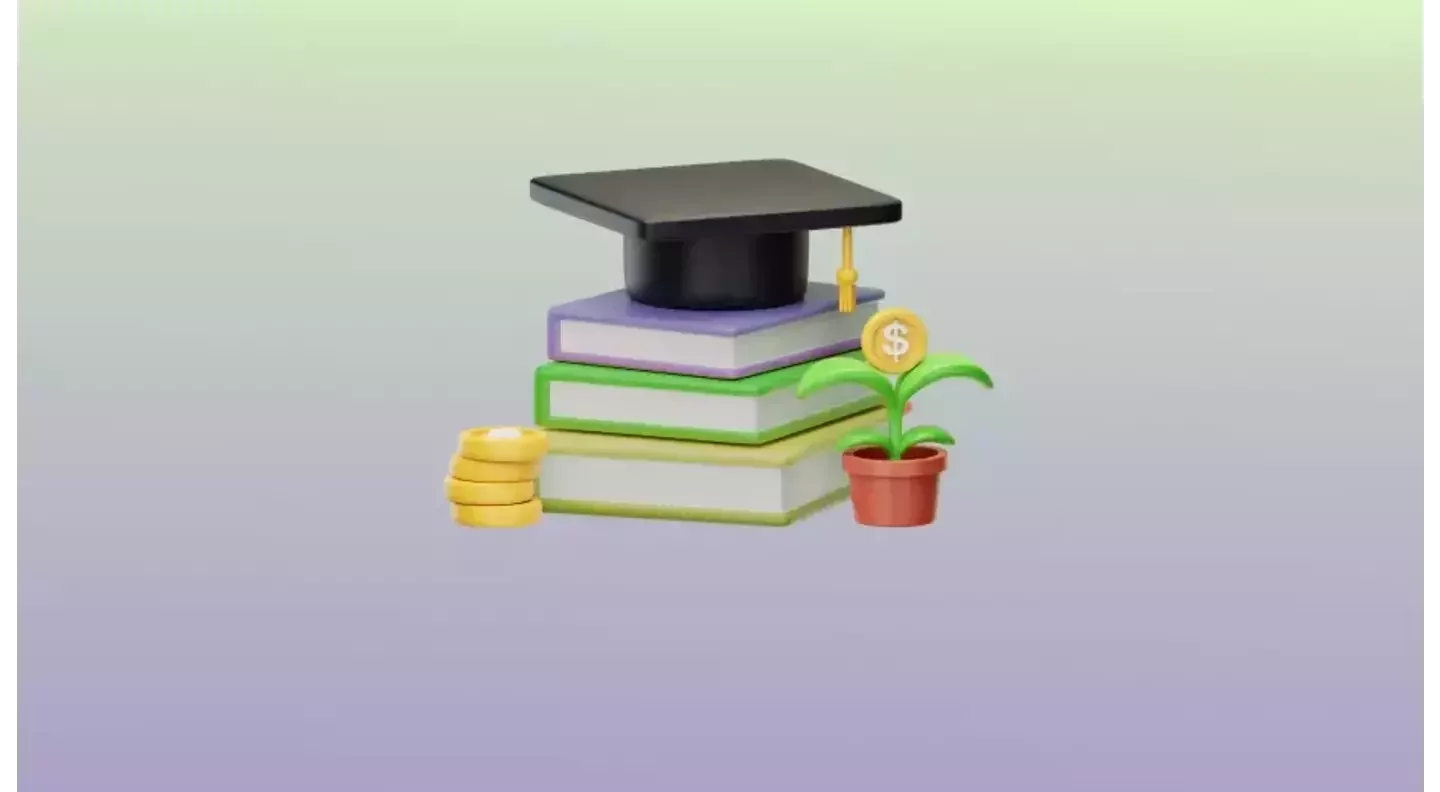Get instant loan offer suitable to your profile !


On this Page:
Stay informed of the latest RBI guidelines on education loans in India. Learn repayment options, interest rates, and more to make informed financial decisions.
Aiming for higher education via education loans can be challenging with numerous conditions.
To make higher education more accessible, the Reserve Bank of India (RBI) has established various guidelines that ensure students have equitable access to financial support. RBI guidelines for education loans have been summarised in the Model Education Loan Scheme (MELS) which has been formulated by the Indian Banks' Association (IBA). RBI rules for education loans provide a structured framework for banks to follow. This blog will talk about how RBI has made securing an education loan easy for students, detailing everything about education loans, how much you can borrow, how to repay it, and everything in line.

The RBI has set rules to make education loans fair for all and uniform across all Scheduled Commercial Banks (SCBs). These RBI guidelines for education loans help students get financial support for higher education.



Students can make better selections if they are aware of the loan amounts and RBI guidelines for education loan settlement and repayment options.



RBI guidelines for education loan interest subsidy make education loans more affordable for students from economically weaker sections:


These subsidies are crucial since they help students by providing funds, ensuring they can focus on their academic goals without the burden of high debt.

Student loan tax deduction is another aspect of the RBI guidelines for education loans. According to Section 80E of the Income Tax Act, income tax rebate on RBI education loans can be claimed by the applicant. This section allows for a deduction of the total interest paid on the education loan from the taxable income. This benefit is also offered to encourage borrowers to take an education loan.
That was about the RBI Guidelines for Education Loan 2024. It is important to know about these guidelines before applying for education loans to stay updated on important information like the collateral requirements, limit is education loans availed, moratorium period, tax benefits, interest rates, and grievance redressal.

Secured education loans are the type of loans that require students to pledge collateral as security. It can be property, fixed deposits, government bonds, etc. As per the RBI circular on education loan on Model Education Loan Scheme 2022.






Under this type of loan, banks do not require the borrower to pledge any asset to secure an education loan. Unsecured loans are based on the co-applicant profile, CIBL score, academic profile, and future earning potential of the student.





Guidelines have been established under the RBI education loan recovery rules to assist borrowers who are having financial issues with their education debts. These guidelines center on three key areas:




To assist borrowers facing severe financial hardships, detailed procedures for the settlement of outstanding education loans have been established under the RBI guidelines for education loan settlement. Recognizing the challenges that can impede a borrower's ability to repay their loans, the RBI emphasizes the need for banks and financial institutions to approach loan settlements with fairness and consideration. The guidelines support a well-rounded strategy that ensures the payback obligation is fulfilled while also taking into consideration the borrower's present financial circumstances.
These guidelines' salient features include:




The RBI has also set up a grievance redressal mechanism for borrowers facing issues with their education loans:




This concludes our basic guide to the RBI's rules on education loans. Equipped with this understanding, you can easily handle your school funding. By being aware of these guidelines, you can reduce your financial stress and move closer to your educational goals. Are you prepared to see how these rules apply to you? We at GyanDhan are here to assist you. Check your loan eligibility with us and find the best path to funding your education. Start now and make your academic dreams a reality with confidence.

Yes, borrowers have the option to prepay their education loan without facing any prepayment charges. This allows you to reduce your interest burden if you have surplus funds.
While the RBI guidelines do not specify an age limit, banks may have their criteria. Generally, there is flexibility, but it's advisable to check with the specific bank for their age-related terms.
Yes, education loans under the RBI guidelines can cover a comprehensive range of expenses, including hostel charges, exam fees, library charges, and purchase of books/equipment.
Recognizing such circumstances, banks often provide a grace period or moratorium extension, allowing borrowers time to secure employment before starting the repayment process.
Yes, non-traditional courses may be eligible for education loans, provided they are from recognized institutions and offer employment prospects. However, loan approval is subject to the bank's discretion and may vary based on the course and institution's credibility.
Check Your Education Loan Eligibility

Ask from a community of 10K+ peers, alumni and experts
Trending Blogs
Similar Blogs

Network with a community of curious students, just like you
Join our community to make connections, find answers and future roommates.. Join our CommunityCountry-Wise Loans
Best Lenders for Education Loan

ICICI Bank

Axis Bank

Union Bank

Prodigy

Auxilo

Credila

IDFC

InCred

MPower

Avanse

SBI

BOB

Poonawalla

Saraswat